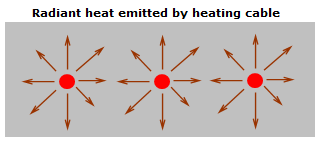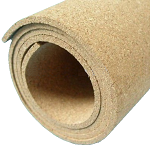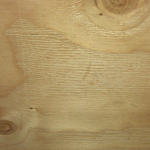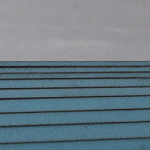Insulation for Electric Underfloor Heating Systems
Use of insulation in underfloor heating systems
Proper insulation is a critical element in any underfloor heating system and electric radiant floor heating systems are not an exception. A common misbelieve is that the heat emitted by the cable can only rise up and therefore there’s no need for insulation. This could not be further from the truth. In fact, as seen on the image (cross-section of the floor with heating cable embedded in thinset), heat emitted by the cable radiates in all directions, including the portion of the floor underneath the floor heating cable. Installing insulation underneath the cable effectively separates the flooring into heated and unheated section therefore reducing thermal mass (read more about thermal mass below).
Thermal mass of a radiant heated floor
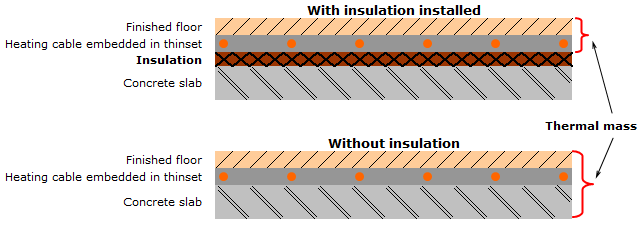 In context of radiant floor heating systems, thermal mass is the volume (size) of the flooring heated by the electric floor heating cable (or mats). When cable is installed over a concrete slab without insulation, the slab consequentially becomes a part of the overall thermal mass and will intake the heat produced by the cable.
In context of radiant floor heating systems, thermal mass is the volume (size) of the flooring heated by the electric floor heating cable (or mats). When cable is installed over a concrete slab without insulation, the slab consequentially becomes a part of the overall thermal mass and will intake the heat produced by the cable.
With insulation in place, however, only the finished floor (such as tile) becomes thermal mass, as thermal barrier between a concrete slab and the heating system (including the finished floor) is created.
See image for a general representation and comparison.
Impact of insulation on heating costs and system efficiency
1. Size of the thermal mass affects how long it will take the system to heat the floors. The larger the thermal mass is, the longer it will take to heat it to a desired temperature. By reducing thermal mass to only a portion of the flooring which requires heat, the heat-up time can be effectively reduced.
2. Larger thermal mass would require more energy to reach a pre-set temperature and therefore will result in higher energy costs. With proper insulation installed, on the other hand, the system can operate at very efficiency, transferring nearly all the heat to the surface of the flooring.
Types of insulation compatible with electric floor heating systems
After the insulation is in place, heating cable or mats can be installed. HeatTech underfloor heating mats are well suited for installation over plywood, cork and polystyrene since they come with an adhesive backing and therefore don’t have to be glued or taped.
Today’s market offers a wide selection of other flooring insulation types which are compatible with electric underfloor heating systems. Consult with your insulation of choice manufacturer whether it’s compatible with HeatTech floor heating products.

